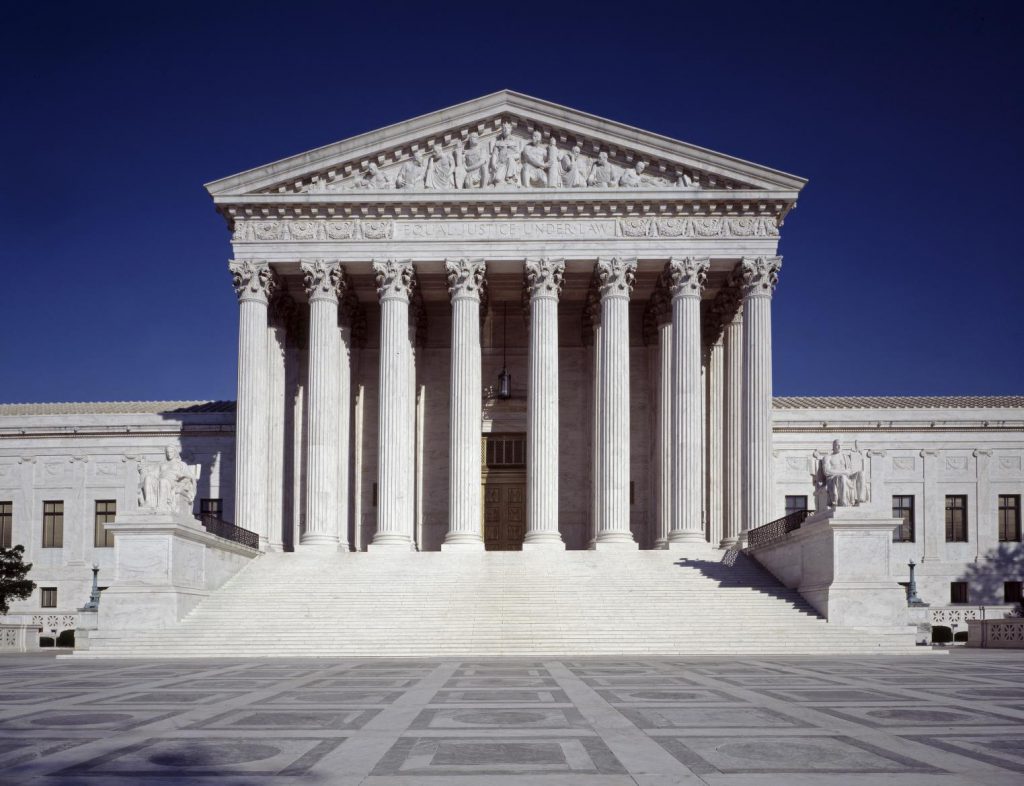
Please give an example of a building built after 1900 you may have seen either in person or in pictures that was designed in a classical style. Why do you think the architect(s) chose to copy the classical style? What kind of messages does that style convey? How is the building’s function (use) suited to the classical style?
One of the most iconic examples of a building built after 1900 in a classical style is the Supreme Court building in Washington D.C. Designed by architect Cass Gilbert and completed in 1935, the building is a prime example of the Neoclassical revival style that was popular in the early 20th century (Craven, 2018).
The decision to use a classical style for the Supreme Court building was a deliberate one. The architects wanted to convey a sense of timelessness, stability, and permanence, all qualities that are associated with classical architecture. By using classical forms and motifs such as columns, pediments, and friezes, the architects were able to create a building that felt both grand and dignified, while also conveying a sense of authority and power.
The building’s function as the home of the Supreme Court is well-suited to the classical style. The court is one of the three branches of the U.S. government and is responsible for interpreting the Constitution and ensuring that the laws of the land are upheld (US Courts, n.d.). As such, the court needs to convey a sense of authority and impartiality, and the grandeur and stability of classical architecture help to reinforce this message. Additionally, the use of classical forms and motifs in the building’s design helps to connect the court to the long tradition of Western legal thought and philosophy, which has its roots in ancient Greece and Rome.
Another example of a building built after 1900 in a classical style is the British Museum in London. Designed by architect Sir Robert Smirke and completed in 1852, the museum is a prime example of the Greek Revival style that was popular in the 19th century (BritishMuseum, n.d.). Like the Supreme Court building, the British Museum was designed to convey a sense of grandeur, stability, and authority. The use of classical forms and motifs such as columns, pediments, and friezes helps to create a sense of timelessness and permanence, while also connecting the museum to the long tradition of Western art and culture.
The decision to use a classical style for the British Museum was also a deliberate one. The museum was founded in 1753 and was intended to be a repository for the world’s greatest works of art and antiquities. By using a classical style, the architects were able to create a building that felt both grand and dignified, while also conveying a sense of authority and power. Additionally, the use of classical forms and motifs in the building’s design helps to connect the museum to the long tradition of Western art and culture, which has its roots in ancient Greece and Rome.
Overall, the use of classical architecture in buildings built after 1900 is a deliberate choice that is intended to convey a sense of timelessness, stability, and authority. By using classical forms and motifs such as columns, pediments, and friezes, architects are able to create buildings that feel grand and dignified, while also connecting them to the long tradition of Western art and culture. The Supreme Court building and the British Museum are just two examples of how classical architecture continues to influence the design of buildings in the modern era.
References
BritishMuseum. (n.d.). Architecture. Retrieved from https://www.britishmuseum.org/about-us/british-museum-story/architecture
Craven, J. (2018, December 27). About the U.S. Supreme Court Building. Retrieved from https://www.thoughtco.com/us-supreme-court-building-by-cass-gilbert-177925
US Courts. (n.d.). About the Supreme Court. Retrieved from https://www.uscourts.gov/about-federal-courts/educational-resources/about-educational-outreach/activity-resources/about
